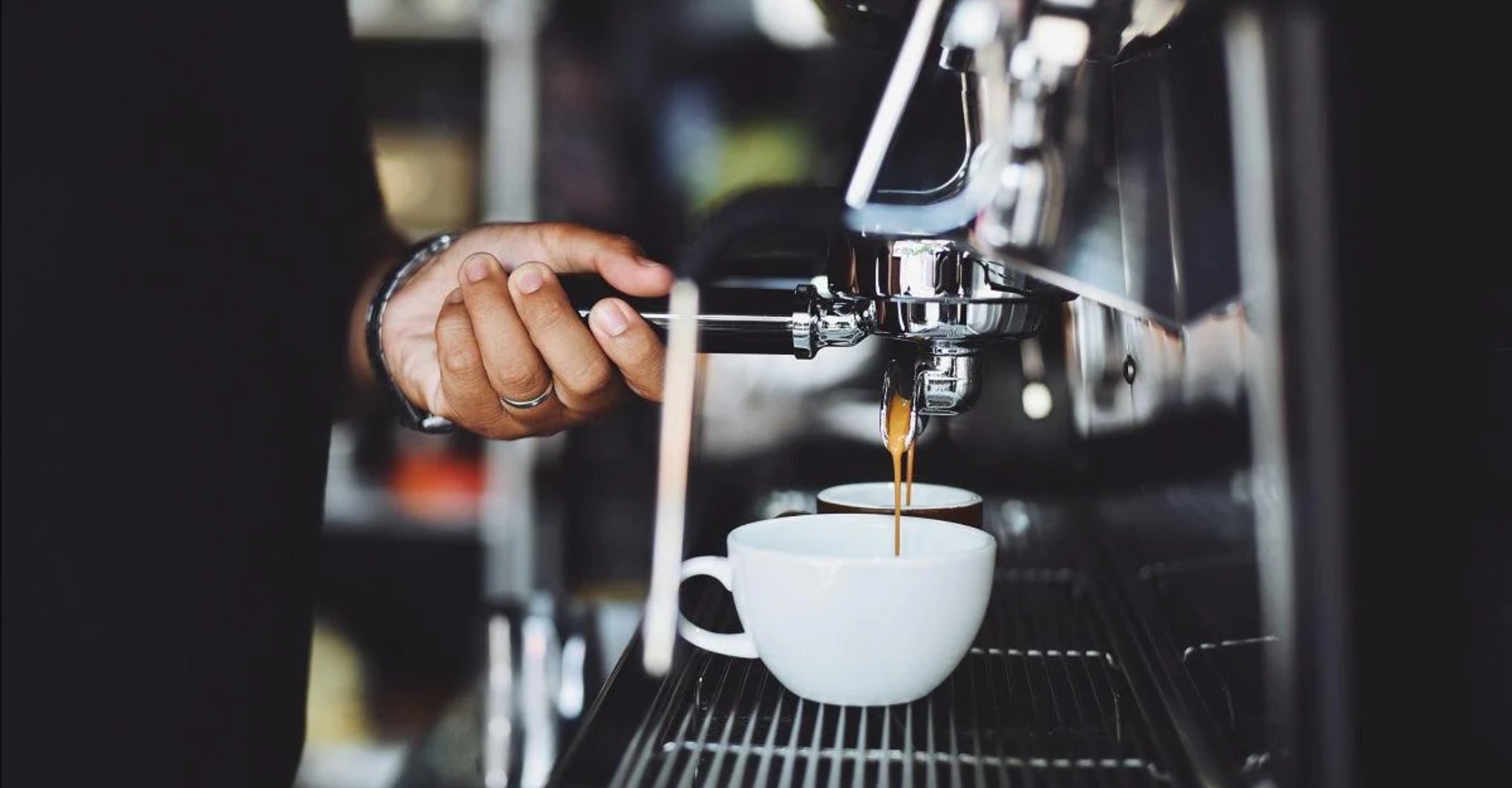Coffee extraction is an essential process in brewing a perfect cup of coffee, and water plays a critical role in this procedure. As a barista, understanding how water interacts with coffee grounds during extraction is fundamental to consistently producing exceptional coffee. In this article, we’ll delve into the various aspects of water’s influence on coffee extraction and provide valuable insights for every barista.
Understanding Coffee Extraction
The Science Behind Extraction
The process of coffee extraction involves dissolving the soluble compounds from coffee grounds into the water. During extraction, water acts as a solvent, breaking down the complex compounds within the coffee beans, resulting in the characteristic flavors and aromas we love.
Factors Affecting Extraction
Several factors influence coffee extraction, including water quality, temperature, grind size, brewing method, and brewing time. Each of these variables can significantly impact the taste and quality of the final brew.
Importance of Water in Coffee Extraction
Water Quality Matters
The quality of water used for brewing coffee directly impacts the flavor and aroma of the final cup. Water from different sources contains varying levels of minerals, chemicals, and impurities. These elements can either enhance or detract from the coffee’s natural flavors.
Using tap water with high chlorine content or excessive minerals may result in off-flavors and an unpleasant aftertaste in the coffee. On the other hand, water that is too soft may not provide enough extraction power, leading to a weak and lackluster brew.
Water Quality and Coffee Extraction
| Water Quality | Influence on Coffee Extraction |
| High mineral content | Can lead to over-extraction and a bitter taste |
| High chlorine content | May cause off-flavors and unpleasant aromas |
| Soft water | Might result in under-extraction and weak coffee |
| Filtered/purified water | Provides a clean canvas for extraction and better flavor |
Baristas must invest in good water filtration systems or use purified water to ensure consistent and desirable coffee flavors in every brew.
Water Temperature and Its Impact
Water temperature during the brewing process is a critical factor that significantly affects coffee extraction. Different compounds in coffee beans extract at specific temperatures, leading to distinct flavor profiles.
Water Temperature and Coffee Extraction
| Water Temperature (°F) | Impact on Coffee Extraction |
| Below 195°F (90°C) | Under-extraction; coffee may taste weak and sour |
| 195°F to 205°F (90°C to 96°C) | Optimal temperature range for balanced extraction and flavors |
| Above 205°F (96°C) | Over-extraction; coffee may taste bitter and harsh |
Finding the sweet spot within the optimal temperature range allows baristas to unlock the coffee’s full potential and achieve the desired taste.
Finding the Right Water-to-Coffee Ratio
The water-to-coffee ratio is a critical parameter in coffee extraction. Baristas must strike the perfect balance between the amount of water and coffee grounds to achieve the desired strength and flavors in the final brew.
Water-to-Coffee Ratio and Coffee Strength
| Water-to-Coffee Ratio | Coffee Strength and Extraction |
| Too little water | Under-extraction; results in weak and sour coffee |
| Too much water | Over-extraction; leads to bitter and astringent coffee |
| Optimal ratio | Achieves a well-balanced and flavorful cup of coffee |
Experimenting with different ratios based on the brewing method and coffee variety will help baristas dial in the perfect water-to-coffee ratio for each brew.
Summary
Water is not a passive ingredient in the coffee brewing process; it is an active participant that shapes the final cup’s taste and aroma. Water quality, temperature, and the water-to-coffee ratio all influence coffee extraction, and mastering these factors is crucial for baristas aiming to consistently deliver exceptional coffee experiences to their customers. By understanding the importance of water and its role in the extraction process, baristas can unlock the true potential of coffee beans and create captivating flavors that leave coffee enthusiasts coming back for more.
Brewing Methods and Their Influence
- Espresso Brewing
- Espresso brewing is a popular method that requires finely ground coffee and high pressure. Water is forced through compacted coffee grounds, producing a concentrated shot with a layer of crema on top. The time taken for extraction is relatively short, requiring precision and skill from the barista.
- Drip Brewing
- Drip brewing involves pouring water over medium-ground coffee in a drip brew basket. The water slowly filters through the coffee, extracting the flavors as it passes. This method offers more control over the extraction time, allowing baristas to adjust the brew strength easily.
- French Press Brewing
- French press brewing utilizes coarse coffee grounds steeped in hot water. After the steeping process, a plunger is used to separate the grounds from the liquid. This method allows for longer extraction times and produces a full-bodied coffee with rich flavors.
- Cold Brew Brewing
- Cold brew involves steeping coarse coffee grounds in cold water for an extended period. This method results in a smooth, low-acid coffee concentrate, perfect for iced coffee beverages.
- Customizing Extraction for Different Coffee Beans
- Different coffee beans have distinct flavors and characteristics. Baristas should adapt their extraction techniques to bring out the best in each coffee variety.
- Grinding Size and Extraction Time
- The size of coffee grounds directly affects extraction time. Finely ground coffee extracts faster than coarser grounds. Baristas must adjust the grind size based on the brewing method to achieve the desired flavors.
- Achieving Consistency in Extraction
- Consistency is key to delivering excellent coffee to customers. Baristas should pay close attention to all the variables involved in the extraction process to maintain a consistent taste profile.
- The Role of Agitation
- Agitation during extraction can help enhance the extraction process. Techniques like stirring or swirling the coffee bed ensure even saturation and uniform extraction.
- Balancing Strength and Extraction
- Finding the right balance between strength and extraction is essential. A well-balanced cup of coffee exhibits the desired flavors without overpowering bitterness or sourness.
- Over-Extraction and Under-Extraction: How to Fix Them
- Over-extraction and under-extraction can occur if the extraction time or grind size is not appropriate. Understanding how to rectify these issues is crucial for producing consistently excellent coffee.
- Coffee Extraction and Caffeine Content
- The extraction process also influences the caffeine content in coffee. Understanding this relationship can help baristas guide customers looking for different caffeine levels in their coffee.
- The Importance of Clean Equipment
- Keeping brewing equipment clean is essential for preventing off-flavors and maintaining the quality of the coffee. Regular cleaning and maintenance are a must for every barista.
- Water Filtration and Softening
- Investing in water filtration and softening systems can significantly improve the water quality, leading to better-tasting coffee and prolonging the life of coffee equipment.
- Understanding TDS (Total Dissolved Solids)
- Measuring TDS helps baristas monitor the strength and consistency of their brews. By understanding TDS levels, adjustments can be made to achieve the desired flavor profiles.
Water is the unsung hero in the coffee extraction process. As a barista, mastering the art of water and its interactions with coffee grounds is essential for delivering exceptional coffee to customers. By understanding the science, experimenting with brewing methods, and paying attention to variables, baristas can consistently brew cups of coffee that delight and satisfy discerning coffee enthusiasts.
FAQs
- What water temperature is ideal for coffee extraction? The ideal water temperature for coffee extraction ranges between 195°F and 205°F (90°C to 96°C) for most coffee varieties.
- Can I use tap water for brewing coffee? Tap water may contain impurities that can affect the taste of your coffee. It’s best to use filtered or purified water for a clean extraction.
- Does cold brew coffee have more caffeine? Cold brew coffee is typically less concentrated than traditional brews, but the caffeine content can be higher due to the longer extraction time.
- How can I fix an over-extracted coffee? To fix an over-extracted coffee, you can try diluting it with hot water or adjusting your brewing time for a shorter extraction.
- Is French press coffee stronger than drip coffee? French press coffee is usually stronger and richer in flavor compared to drip coffee due to its longer extraction time and full immersion brewing method.

